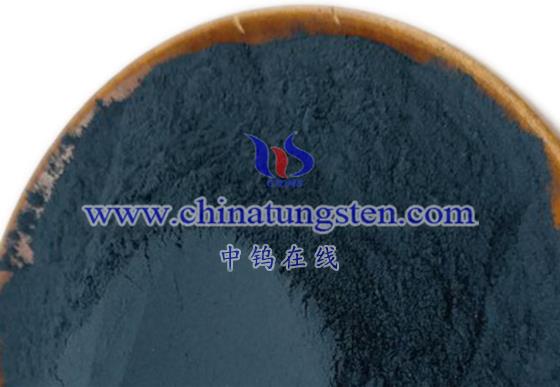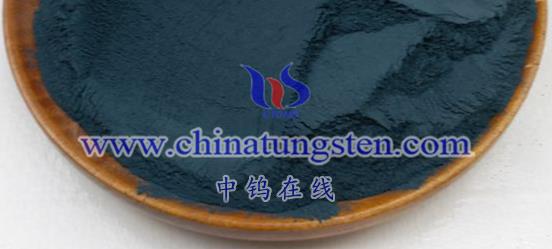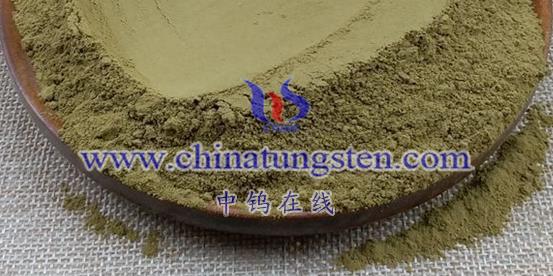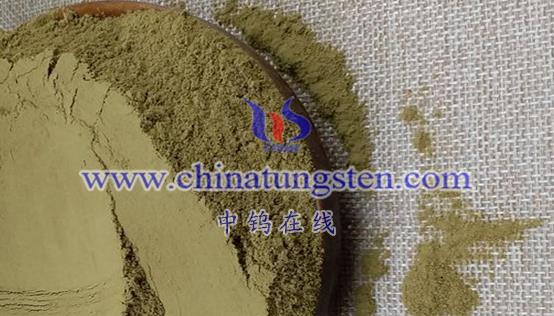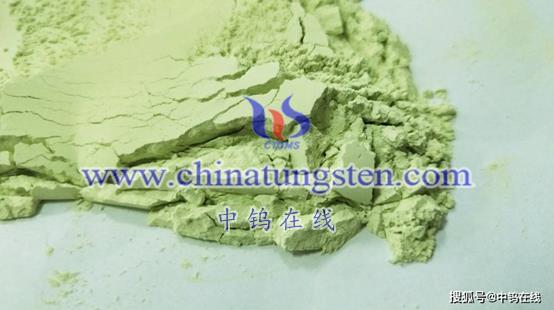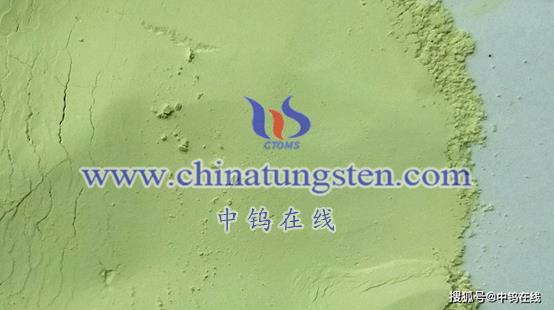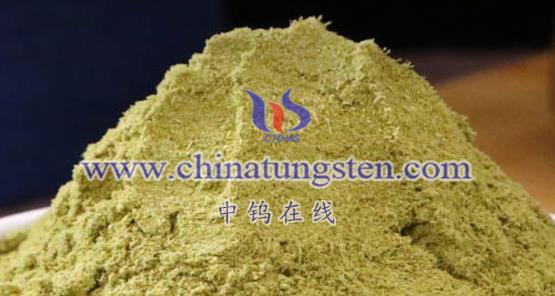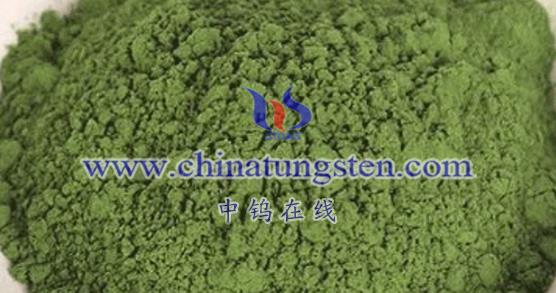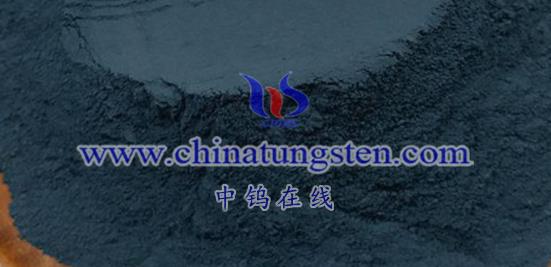
Nano tungsten trioxide (WO₃) has significant potential for application in lithium-ion batteries, largely due to its unique nanostructure and excellent physicochemical properties. Below is a detailed analysis of its application prospects:
- Enhancing Battery Performance
Increasing Energy Density
Nano tungsten trioxide has a high theoretical capacity, reaching up to 693 mAh/g, which is significantly higher than that of traditional graphite anode materials. This means that incorporating it into lithium-ion batteries can substantially enhance energy density, meeting the demands for high-energy-density batteries in electric vehicles, portable electronic devices, and other fields.
Improving Cycle Stability
The small size effect and quantum size effect of nano tungsten trioxide help alleviate volume changes during charging and discharging, reducing the pulverization and detachment of electrode materials, thus improving cycle stability. Additionally, nano tungsten trioxide can be compounded with conductive substrates (such as graphene) to further enhance the conductivity and structural stability of the electrodes.
Accelerating Charge and Discharge Rates
The high conductivity and lithium ion diffusion rates of nano tungsten trioxide enable faster charging and discharging of batteries. This is crucial for improving the range of electric vehicles and enhancing user experience.
- Reducing Costs
Nano tungsten trioxide is more cost-effective compared to other high-capacity anode materials, such as silicon-based materials. Furthermore, with the ongoing development of nanotechnology and improvements in production processes, the production costs of nano tungsten trioxide are expected to decrease further. This will facilitate its large-scale application in lithium-ion batteries.
- Expanding Application Fields
In addition to traditional lithium-ion batteries, nano tungsten trioxide can be applied in other types of battery systems (such as lithium-sulfur batteries and lithium-air batteries) to further enhance battery performance and reduce costs. Furthermore, nano tungsten trioxide has wide application prospects in fields such as photovoltaic conversion and gas sensors, which will further expand its market demand and application scope.
- Environmental Advantages
As an inorganic semiconductor material, nano tungsten trioxide is non-toxic and environmentally friendly. Its production and use in lithium-ion batteries do not pose significant pollution or harm to the environment, aligning with global demands for green, sustainable development.
- Policy Support
With increasing global emphasis and support for new energy vehicles and renewable energy, the market demand for lithium-ion batteries—an essential component of new energy vehicles and renewable energy storage systems—is expected to continue growing. This will provide more opportunities and development space for the application of nano tungsten trioxide in lithium-ion batteries.
Conclusion
The application prospects of nano tungsten trioxide in lithium-ion batteries are very promising. As technology continues to advance and the market expands, it is believed that nano tungsten trioxide will play an increasingly important role in the field of lithium-ion batteries.
More details of tungsten oxide product, please visit website: tungsten-oxide.com
Please contact CHINATUNGSTEN for inquiry and order of tungsten oxide:
Email: sales@chinatungsten.com
Tel.: 86 592 5129595
